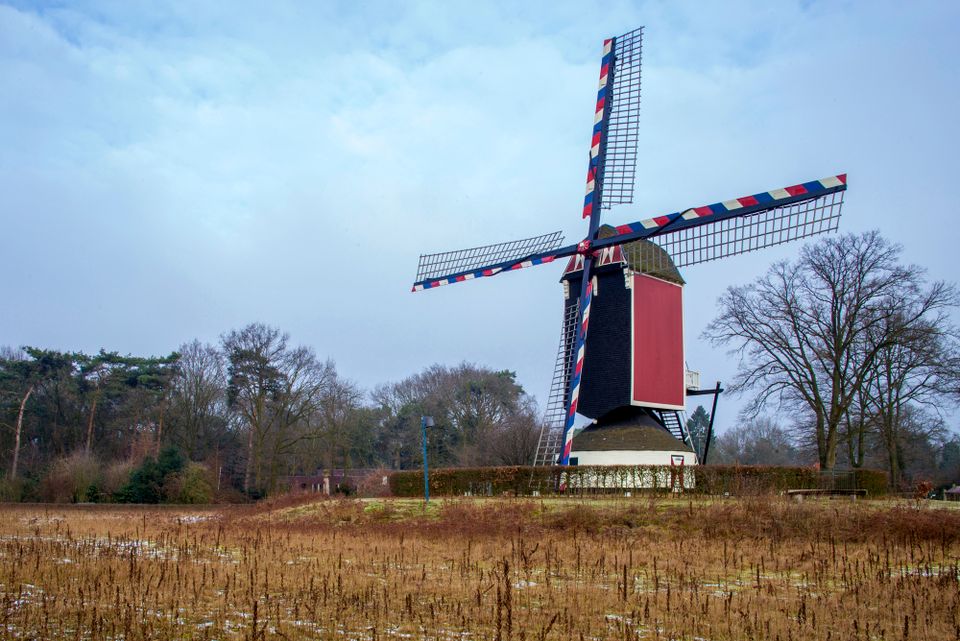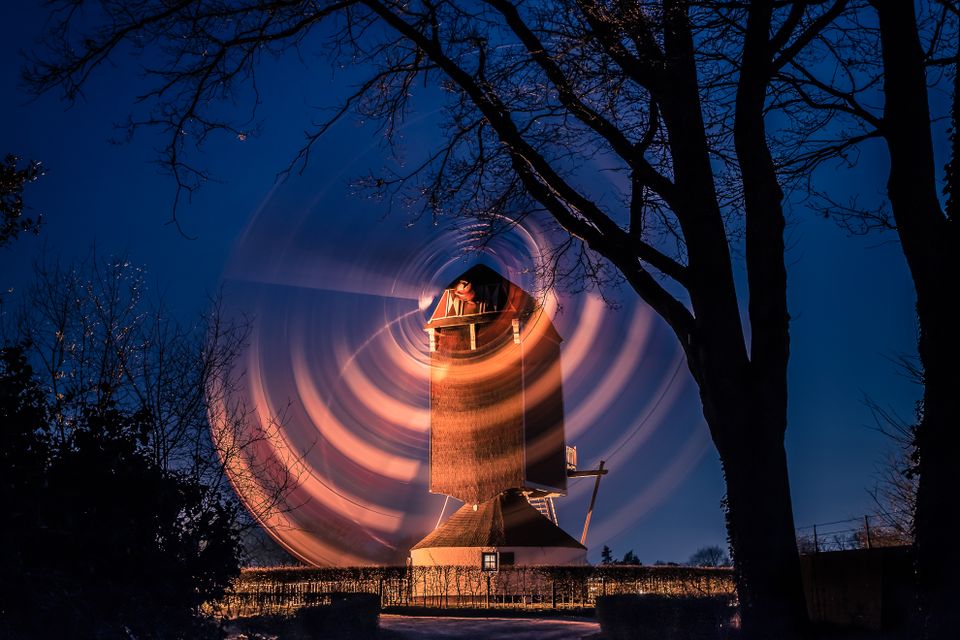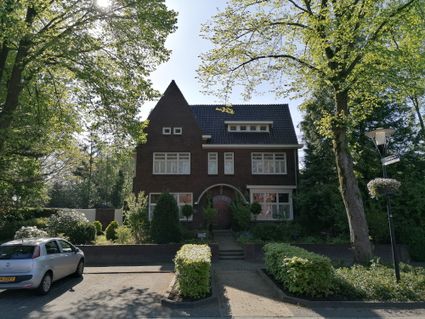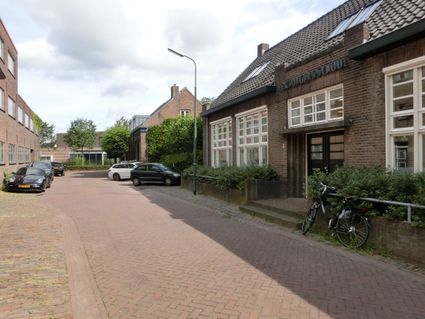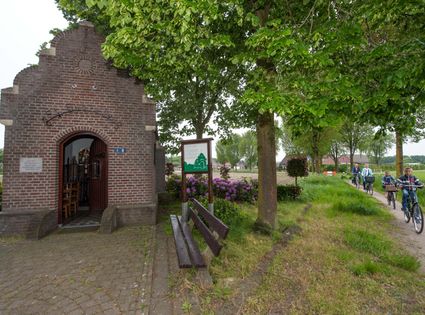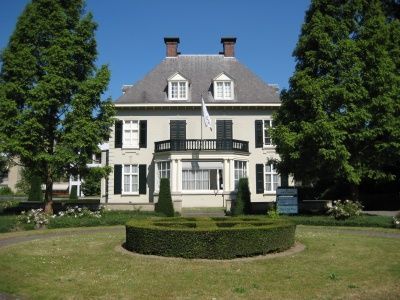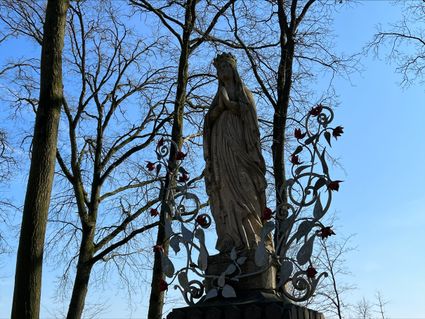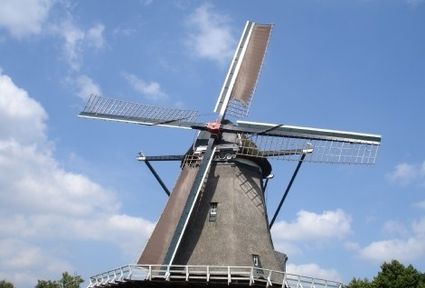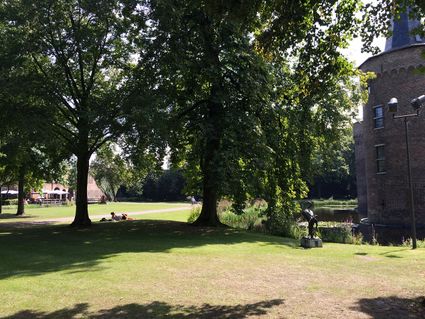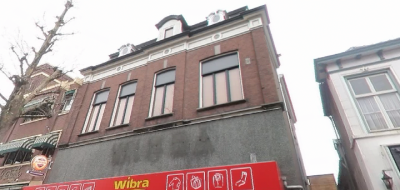Molen Sint Willibrordus
Neem contact op
On an elevation west of the village center stands the old windmill St. Willibrordus, named after both the Bakel parish and the Bakel militia g…
On an elevation west of the village center stands the old windmill St. Willibrordus, named after both the Bakel parish and the Bakel militia guild. This windmill was built in the Middle Ages in 1586 by the Wijffliet family to replace the mill that had burned down that same year. The type is an enclosed standerd corn mill. Standerd mills are the oldest type of windmills and first appeared in Western Europe in the 12th century. In large numbers, the standerd windmill replaced the water mills that had exclusive rights before the 12th century. Windmills often provided more grinding power/power than water mills. This is especially true in the Peelland region where large rivers or differences in elevation are scarce. The medieval watermill in Gemert was placed near the small river De Rips on the Peelrand fault in order to still get some power from the difference in altitude and was thus in fact the only place in the municipality where a watermill could be placed. Windmills soon took over, both in the Peel and in the Netherlands.
Millers
A mulder(miller) was often paid in kind. In the Peel mainly rye and buckwheat was milled (in addition to oil from linseed and rapeseed) and from each barrel of flour the mulder was allowed to keep one-fourth part. At least, that was the prescribed milling wage in the Meijerij. The mulder sometimes wanted to cheat. Thus, in 1767 the regents of Bakel turned to the Council of States in faraway The Hague because their mulder used a kind of flat shovel to measure his share. That scoop possibly contained more grain than was due to him. A different kind of shovel was suggested. After all, the people could not just go to another mill, coercive law applied. The lord of the seigniory of Bakel was allowed to demand that the grain be ground at his mill. In the French era, around 1800, coercive law was abolished. That it was not only working with the mill can be read in the archives. For example, the mulder had to pay an annual mud (old content measure) of rye to the poor board. About sixty years ago the story of the Mill Witch of Bakel was also recorded.
It is no coincidence that this mill was named after the guild. The ties between mills and guilds have been strong from time immemorial, back then the guilds went to the mill every year during the fair to practice gaaischieten (bird shooting). The Bakel guild had this right until 1953. Then it was moved to the sports fields because of the danger of bullets and arrows to nearby residents. The guild still has two coats of arms depicting the mill. Many guilds had these, but few of them remain.
Mill and millstones
A closed standerd mill has a lower tower that is completely closed. The mill used to have two pairs of millstones but in the 1960s the front mill was removed. The windshield (sails) is 26.60 meters high. Under the canopy is painted on a black field a gilded dial with the hands at half past 10, the time when in the good old days - less hectic than our days - the work was interrupted for a glass of spirits. In 1893 this mill was moved to its present location. Before that, the mill stood some 50 meters east of it. You can still see its northern pier in the field. Behind the mill an important archaeological excavation has been done.
With the current pair of stones, grinding is still done when there is sufficient wind. The mill is open when there is the blue pennant or a flag hanging outside, but even if there is not and the mill is running, you are welcome.
Sources:
W. van Heugten, W. van Heugten, Molens in Peelland, 1982, Peellandse Molenstichting, Vlierden
